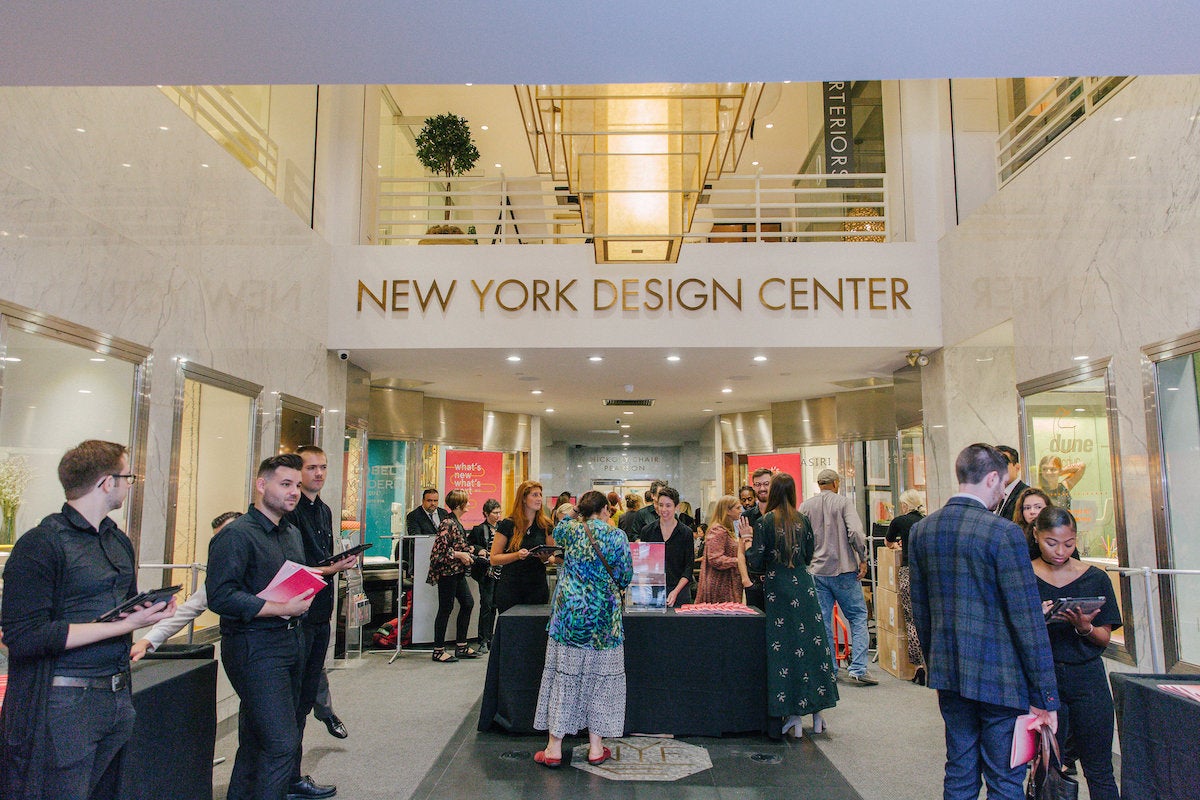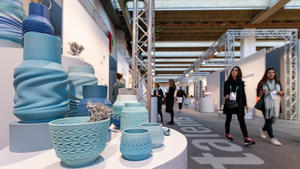To some, the rapid influx of technology into the design business represents an exciting opportunity. To others, these advancements threaten individuality and clarity. Finding a balance between old-school and new-school resources is often a tough row to hoe. Designers Peti Lau and Daniel Richards and restaurateur Michael Chernow will discuss the challenges and benefits of digital resources at “Designing in the Digital Age,” a panel to be held tomorrow at the New York Design Center’s 11th-annual What’s New What’s Next, hosted by Whalebone magazine publisher and president Eddie Berrang.
“The old ways don’t work anymore,” says Lau. “These days, everything is so fast and everyone needs it now. Making physical presentation boards for clients takes too long. I have clients who may not be in the same time zone as me, so I need to be able to send digital files to them fairly quickly.”
Richards agrees. “Designing in the digital age means maximizing technology to increase productivity and efficiency.” Cutting down time spent on administrative tasks provides more time to focus on the design itself, instead of being restricted by working hours or limited resources.
“Now,” shares Lau, “when I am unable to go to a showroom, I can order online through the new systems from Kravet and F. Schumacher & Co. I use Fuigo for proposals, billing and budgeting; Adobe Illustrator to create mood boards; AutoCAD for drawings; and I can outsource renderings. I couldn’t imagine how to track everything without special software made for designers.”
Richards has had a similar experience: “I started using Procreate to communicate with my staff when traveling,” he says. “I started outsourcing my CGIs. Ease of access to electronic building codes and guidelines has also been a great advancement.”
Then there are the challenges to designing in the digital age. Despite the ease of making design purchases through online vendors, Lau believes it’s important to balance that with in-person sourcing. “I need to be able to touch products and see the quality with my own eyes,” she explains.
And clients want digital capabilities built right into their homes, adds Richards. “Increasingly, they are requesting all aspects of their living environments to be ‘intelligent’ and automated as new technology rolls out.”
In other words: Designers have certainly come to rely on digital tools. But what about the downsides? For one, due to the pace and volume of design content shared online, the life cycle of a style has gotten much shorter—trends are popping up, getting huge, and dying out faster. Richards names the rise of the Chandigarh chair as a good example: “Exposure to a trend is quickly followed by overexposure.”
“Sometimes we can be quick to judge trends, and as a result, feel that they have been overdone and can almost be against them,” says Lau. “I might gravitate toward certain trends, but I try to make sure I don’t have the same look as everyone else. I’ve had clients who want me to exactly replicate something they’ve seen online. It’s great that they have a style in mind, but I use it as a base and build upon it with my own voice. I’m going to take that concept and kick it up a few notches, and make sure I am telling the client’s story.”
And while Instagram has become both a marketing and inspiration resource for designers, it has also changed their expectations. It’s no longer enough to design a beautiful space, especially a beautiful commercial space—there’s now huge pressure to create Instagrammable moments. For some customers, the opportunity to take photographs for social media may be just as (or more) important than the product or service a client is offering. India Mahdavi’s plush pink design for teahouse Sketch London, for instance, makes it a popular destination not just for the food, but for the chance to share on social media its unique photo opportunities—down to selfies in the women’s bathroom.
Digital technologies also cause a generational divide in skill and approach. “The ability to draw is disappearing, and many recent graduates are petrified of it,” says Richards. “My initial concepts are still freehand. Clients respond well to sketches when I want to explain a concept, and it’s still a part of my practice. My style has not changed in the face of the digital age. Being aware of advances in technology ensures your practice remains efficient, but regardless of digital advances, the actual design skill and creativity comes from the designer.”
“Designing in the Digital Age” will take place as part of New York Design Center’s 11th- annual What’s New What’s Next, at Harbour Outdoor (200 Lexington Avenue, #713/715), on Thursday, September 12, from noon to 8 p.m.





























